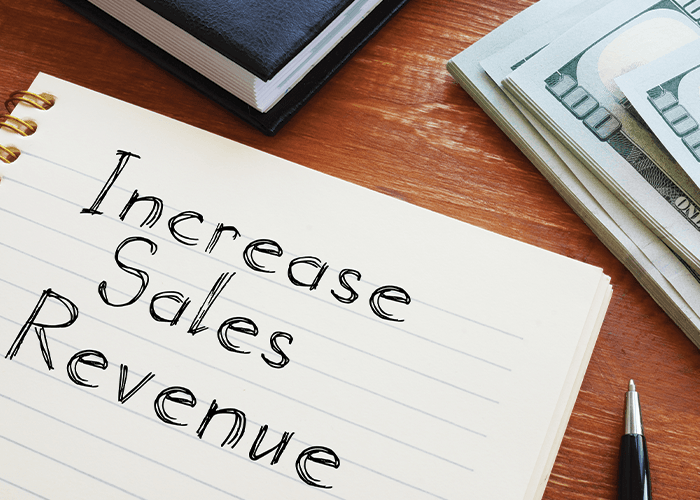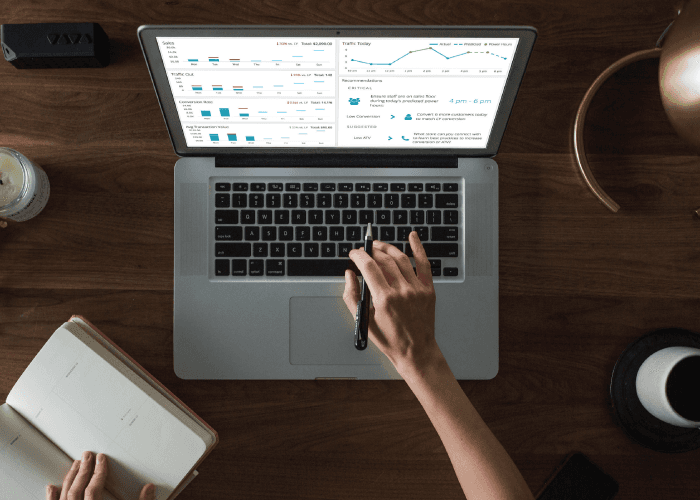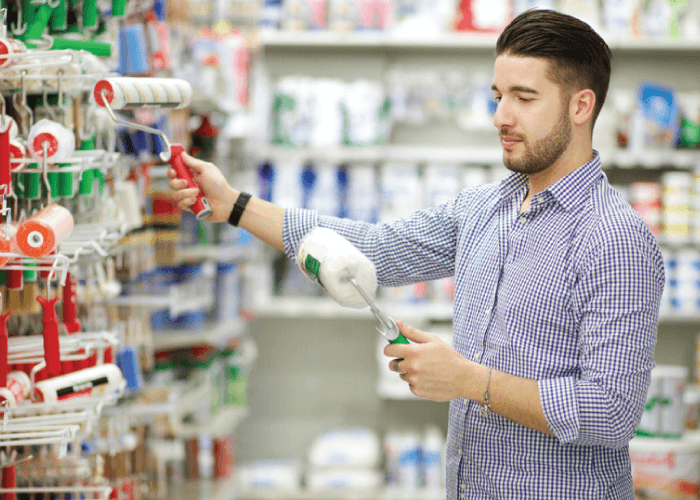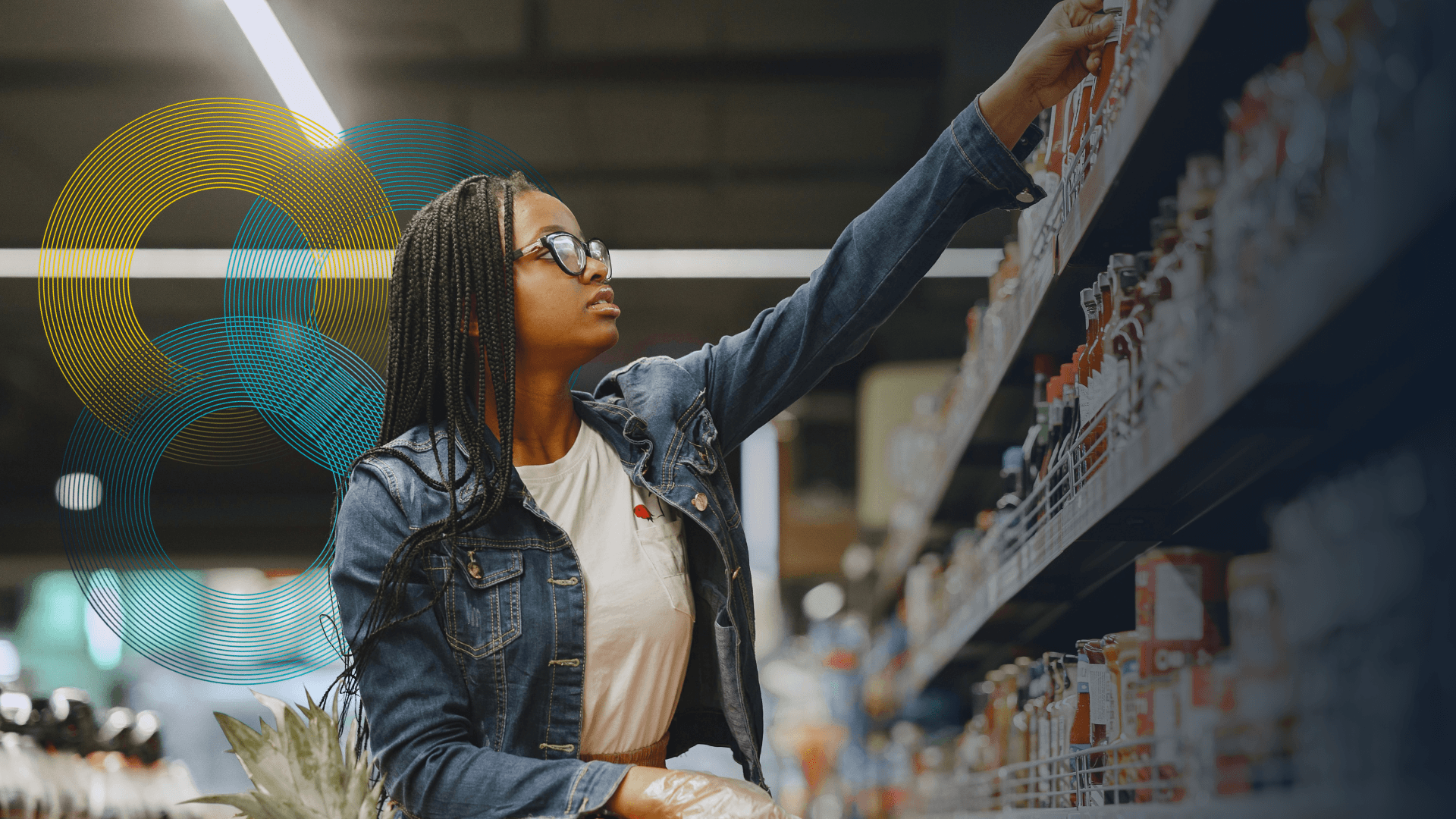How Better Product Configurators Lead to Increased Sales

On this page
With modern digital tools, retailers can offer shoppers more personalization than ever - and shopper, in turn, have come to expect highly individualized shopping experiences.
At the same time, customers who are adept virtual shoppers are beginning to miss some of the features of in-person shopping that you can't get with virtual retail - like a chance to hold a product, view it from all angles and compare related models.
Now, new tools called digital product configurators are bringing some of these features to online shopping while also providing customers with more options for customization and personalization.
Here's what product configurators are, how they work and how they can boost sales for retailers.
What Are Digital Product Configurators?
Product configurators are digital tools that allow customers to fully customize a product and visualize it before a purchase. These tools walk shoppers through all different aspects of a product, allowing them to add or remove features, change patterns and colors, and generally personalize the product they're shopping for.
As the user alters features and changes the product's specifications, the configurator will update its visualization, showing what the item will look like and providing visual confirmation of the change. Some configurators may also offer advanced features that allow people to see how certain products - like furniture, consumer tech and decorations - will look in a home environment.
Because of the flexibility of the technology, these configurators can be applied to just about any product that can be customized by a shopper. However, those for more complex products will need to be carefully designed to avoid confusing or overwhelming customers during the customization process.
How Product Configurators Boost Sales
Research has found that giving shoppers a visualization of products can be a big boost in driving conversions. For example, TSUM, one of Europe's largest luxury department stores, boosted conversion rates by nearly 40 percent by using 3D product visualization.
Also, providing better customization can help boost sales. Customers often shop with the retailer that can provide them with the best experience. Some retailers have found that offering sophisticated customization options can increase conversion rates by up to 50 percent.
Product configurators provide other benefits, too, beyond the immediate conversion-rate boost associated with visualization and customization. For example, they also reduce the chance a shopper requests an impossible or difficult-to-use combination of features. When someone selects an unworkable combination, the configurator can automatically alert her, or provide a visualization as to why her selection may not be ergonomic or entirely functional. These features help reduce returns and increase customer satisfaction with received products. Clients of one configurator reduced their return rate by as much as 80 percent with the help of its online platform.
Configurators can also provide retailers with better data about what kind of features and designs customers are looking for. If you only allow shoppers to pick from a range of products with fixed specifications, you won't get as much information about what combinations of features they are looking for. With a configurator, you can also track shopper behavior through the customization process, giving you a better sense of what steps may be confusing -or where people may want more options for personalization.
Product configurators also provide visualizations of what user-generated content would look like on a product. They can provide quick, true-to-life mock-ups of how a design will look in real life on a mug, card or T-shirt, even without the user or vendor needing to stage a photoshoot of all possible configurations and color combinations.
Implementing Product Configurators at Brick-and-Mortar Retailers
While product configurators are most commonly associated with online retailers, brick-and-mortar stores can also benefit significantly from this new technology.
For example, furniture retailer IKEA offers a digital home planning tool that customers can use to visualize how a piece of furniture will look in their home. Any purchase of a piece of furniture is a big decision and is affected by several different constraints - size, color, pattern, material and more.
Providing shoppers with an opportunity to visualize the product - how much room it will take up, how easy it will be to get around, how well it fits in with existing furniture and decor - can smooth out the buying process. It helps them feel more secure in their purchase, increasing the chance of a conversion.
How Product Configurators Help Retailers Boost Sales
Product configurators can provide a big sales boost for companies that offer products that are highly customizable but don't yet have a way for shoppers to visualize the items they might buy. At the same time, these configurators can also reduce product return rates and provide companies with information that can be used to drive decisions about which features to offer in new products.
While most of the companies currently adopting these configurators are digital retailers, brick-and-mortar retailers can also benefit. Some retailers, like IKEA, already allow users to use digital tools to visualize how a product will look once it's been purchased and assembled.
Together, all of this shows how better product configurators can boost sales and produce satisfied, loyal customers.
About the writer: Kayla Matthews is a technology journalist and retail tech writer covering big data, AI and real-time monitoring in the retail industry. To read more posts from Kayla, visit her blog, Productivity Bytes. Follower her on Twitter @KaylaEMatthews.
Join the #retail, #SmartStore & #ConnectedJourney conversations on Twitter @RetailNext, as well as at www.facebook.com/retailnext.
About the author:

Kayla Matthews




